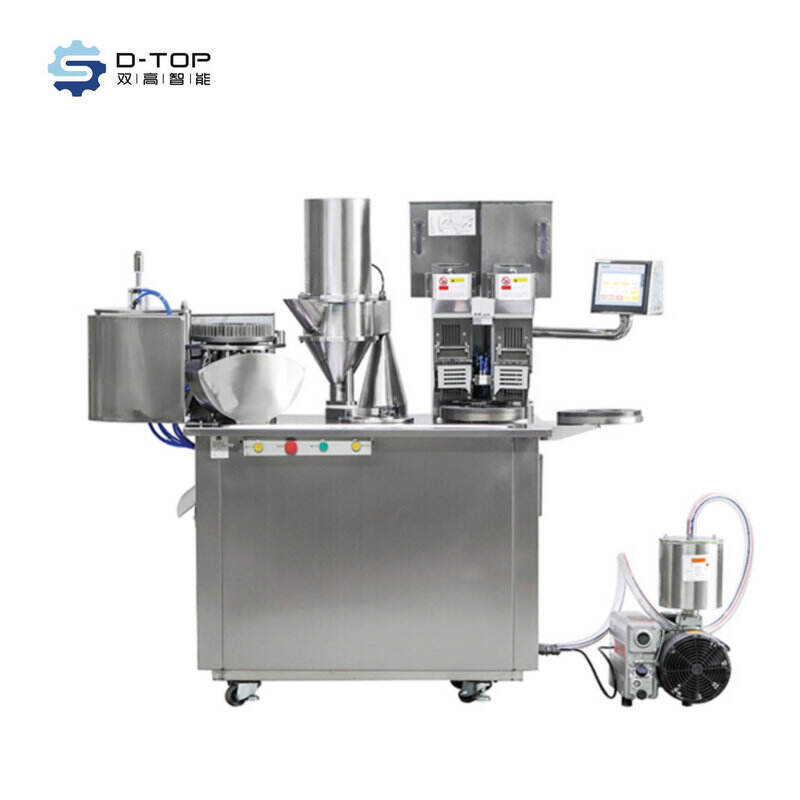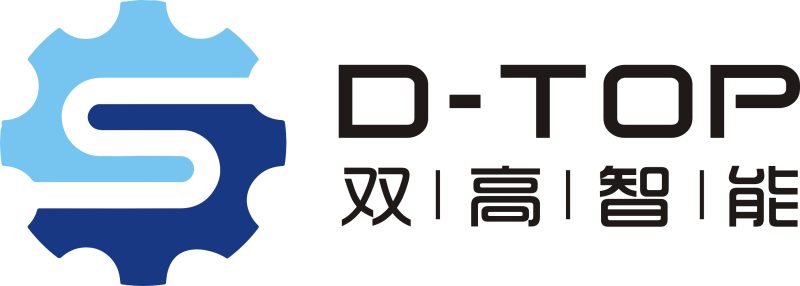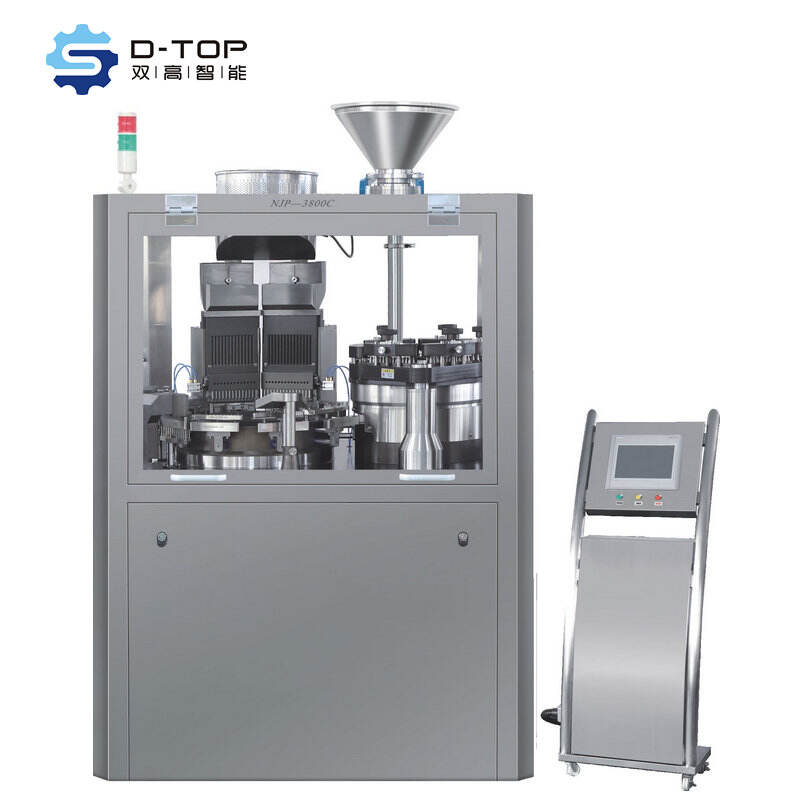Fonctionnalités essentielles des équipements modernes d'encapsulation pharmaceutique
Le paysage de la fabrication pharmaceutique continue d'évoluer rapidement, rendant le choix de la bonne machine de remplissage de capsules plus crucial que jamais. Ces équipements sophistiqués constituent le pilier central de la production pharmaceutique, déterminant à la fois la qualité et l'efficacité de la fabrication des médicaments. Comprendre les caractéristiques clés qui définissent une excellente machine de remplissage de gélules peut faire la différence entre une productivité optimale et des inefficacités opérationnelles coûteuses.
Les machines modernes de remplissage de gélules allient précision ingénierie et technologie avancée pour garantir des résultats constants et de haute qualité. Que vous souhaitiez améliorer votre équipement existant ou acheter votre première machine de remplissage de gélules, certaines caractéristiques s'imposent comme essentielles pour les opérations de fabrication pharmaceutique contemporaines. De l'automatisation aux mécanismes de contrôle qualité, chaque fonction joue un rôle clé dans l'assurance de processus de production fluides, efficaces et conformes.
Efficacité et capacités de production
Vitesse et capacité de production
Lors de l'évaluation d'une machine de remplissage de gélules, la vitesse et la capacité de production doivent être au cœur des préoccupations. Les machines modernes peuvent traiter entre 3 000 et plus de 200 000 gélules par heure, selon le modèle et la configuration. L'enjeu est de trouver le bon équilibre entre vitesse et précision : plus rapide n'est pas toujours meilleur si cela compromet la justesse du remplissage ou la qualité du produit.
Les machines avancées de remplissage de gélules intègrent des mécanismes innovants qui maintiennent des poids de remplissage constants, même à des vitesses plus élevées. Recherchez les machines dotées de réglages de vitesse ajustables qui offrent une flexibilité dans les séries de production et la capacité de répondre à différents besoins sans compromettre la précision.
Temps de changement et flexibilité
Les capacités de changement rapide sont cruciales pour les installations qui gèrent plusieurs produits ou tailles de lots. Les meilleures machines de remplissage de gélules sont équipées de systèmes de changement sans outils qui minimisent les temps d'arrêt entre les séries de production. Les meilleures machines permettent un changement complet en moins de 30 minutes, y compris le nettoyage et la préparation pour le prochain lot.
En outre, privilégiez les machines dotées d'éléments modulaires facilitant le remplacement facile des pièces et les modifications de format. Cette flexibilité permet aux fabricants de s'adapter rapidement à différentes tailles de gélules et exigences de remplissage sans nécessiter de modifications importantes des machines.

Contrôle qualité et fonctionnalités précises
Systèmes de précision du poids de remplissage
La maîtrise précise du poids de remplissage est primordiale dans la fabrication pharmaceutique. Les machines modernes de remplissage de gélules utilisent des systèmes de contrôle du poids sophistiqués qui surveillent et ajustent en permanence les poids de remplissage pendant le fonctionnement. Privilégiez les machines équipées de systèmes intégrés de pesage permettant de détecter et de rejeter automatiquement les gélules ne répondant pas aux spécifications.
Les modèles avancés disposent d'un suivi en temps réel du poids associé à des fonctions de contrôle statistique des processus, permettant aux opérateurs de suivre les tendances et d'effectuer des ajustements proactifs avant l'apparition de problèmes. Ces systèmes doivent fournir une documentation détaillée destinée à la conformité réglementaire et à l'assurance qualité.
Mesures de prévention de la contamination
Les meilleures machines de remplissage de gélules intègrent plusieurs niveaux de prévention de la contamination. Cela inclut des enceintes étanches, des systèmes de filtration HEPA et des cycles de nettoyage automatisés. Les machines doivent être dotées de surfaces lisses et sans anfractuosités empêchant l'accumulation de produit et facilitant un nettoyage complet.
Recherchez du matériel doté de systèmes d'entraînement isolés qui maintiennent les composants mécaniques à l'écart de la zone de produit, réduisant ainsi le risque de contamination par des lubrifiants ou des particules d'usure. Certaines machines avancées incluent également des capacités de stérilisation UV pour une protection supplémentaire du produit.
Systèmes d'automatisation et de contrôle
Interface et commandes de fonctionnement
Les machines modernes de remplissage de gélules devraient être équipées d'interfaces homme-machine intuitives (IHM), disposant de commandes claires et faciles à utiliser. Les écrans tactiles avec des fonctionnalités multilingues assurent le confort de l'opérateur et réduisent le temps de formation. Le système de contrôle devrait permettre une surveillance en temps réel de tous les paramètres critiques et autoriser des ajustements rapides pendant le fonctionnement.
Les systèmes de contrôle avancés offrent des fonctions de gestion de recettes, stockant les paramètres spécifiques aux produits pour un rappel rapide lors des changements de série. Recherchez des machines disposant de capacités de surveillance à distance et compatibles avec les systèmes de gestion d'installation, assurant ainsi une supervision complète de la production.
Gestion des données et fonctions de conformité
Dans l'environnement réglementaire actuel, des capacités solides en gestion des données sont essentielles. Les meilleures machines de remplissage de gélules incluent des systèmes complets d'enregistrement des données permettant de suivre tous les paramètres critiques et les actions des opérateurs. Ces systèmes devraient fournir des rapports détaillés par lot et conserver des dossiers électroniques sécurisés conformes aux exigences de la FDA 21 CFR Partie 11.
Privilégiez les machines dotées de capacités intégrées de journalisation et de systèmes d'authentification des utilisateurs garantissant un contrôle d'accès approprié et la documentation de toutes les activités de production. La possibilité d'exporter les données dans différents formats et de s'intégrer aux systèmes de gestion de la qualité existants est également cruciale.
Considérations relatives à l'entretien et au support
Fonctionnalités de maintenance préventive
Les meilleures machines de remplissage de gélules intègrent des éléments de conception facilitant l'entretien régulier et minimisant les temps d'arrêt. Cela comprend des panneaux d'accès facile, la possibilité de retirer les composants sans outils et des indicateurs clairs pour l'entretien. Recherchez également des machines équipées de systèmes de lubrification automatiques et de matériaux résistants à l'usure dans les zones à forte sollicitation.
Les systèmes de diagnostic avancés capables de prédire des problèmes potentiels avant qu'ils ne provoquent des interruptions de production sont de plus en plus courants dans les équipements modernes. Ces systèmes contribuent à maintenir des performances optimales et à prolonger la durée de vie des équipements grâce à une maintenance programmée de manière proactive.
Support technique et ressources de formation
Lors du choix d'une machine de remplissage de gélules, prenez en compte l'infrastructure de support du fabricant. Les principaux fournisseurs d'équipements proposent des programmes complets de formation, des capacités de dépannage à distance et un service technique réactif. La disponibilité de techniciens de service locaux et d'un stock de pièces détachées peut avoir un impact significatif sur le temps d'exploitation de l'équipement.
Privilégiez les fabricants qui fournissent une documentation détaillée, comprenant notamment les procédures opérationnelles standard, les guides d'entretien et les protocoles de dépannage. Des ressources en ligne pour la formation et des mises à jour logicielles régulières permettent aux opérateurs d'exploiter pleinement les capacités de la machine tout au long de son cycle de vie.
Questions fréquemment posées
Quelle est la période habituelle de retour sur investissement (ROI) pour une nouvelle machine de remplissage de gélules ?
Le retour sur investissement pour une machine de remplissage de gélules se situe généralement entre 12 et 36 mois, selon le volume de production, l'efficacité opérationnelle et les pratiques d'entretien. Des facteurs tels que la réduction des coûts de main-d'œuvre, l'augmentation de la production et l'amélioration de la qualité des produits contribuent à une récupération plus rapide de l'investissement.
À quelle fréquence doit-on effectuer l'étalonnage sur une machine de remplissage de gélules ?
L'étalonnage régulier est essentiel et doit être effectué au moins trimestriellement, avec des vérifications supplémentaires après une maintenance majeure ou un changement de composants. De nombreuses machines modernes sont équipées de systèmes d'étalonnage automatisés qui simplifient ce processus et fournissent une documentation permettant de respecter les exigences réglementaires.
Quelles sont les principales exigences en matière de validation de nettoyage pour les machines de remplissage de gélules ?
La validation de nettoyage exige une preuve documentée que les procédures de nettoyage éliminent systématiquement les résidus de produit et les contaminants potentiels. Les machines modernes de remplissage de gélules devraient faciliter cela grâce à des caractéristiques telles que des systèmes de nettoyage en place, des surfaces accessibles et des matériaux résistant à l'adhérence des produits. Les protocoles de validation incluent généralement des prélèvements de surface, des analyses de rinçage et des exigences d'inspection visuelle.
Table des Matières
- Fonctionnalités essentielles des équipements modernes d'encapsulation pharmaceutique
- Efficacité et capacités de production
- Contrôle qualité et fonctionnalités précises
- Systèmes d'automatisation et de contrôle
- Considérations relatives à l'entretien et au support
-
Questions fréquemment posées
- Quelle est la période habituelle de retour sur investissement (ROI) pour une nouvelle machine de remplissage de gélules ?
- À quelle fréquence doit-on effectuer l'étalonnage sur une machine de remplissage de gélules ?
- Quelles sont les principales exigences en matière de validation de nettoyage pour les machines de remplissage de gélules ?

